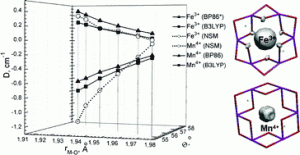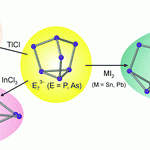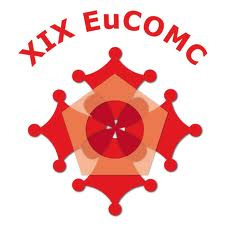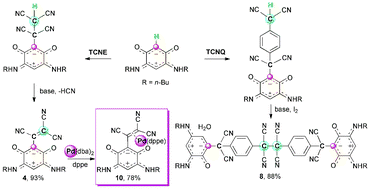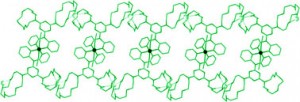 Check out the recent Dalton Trans. Hot Article reporting new polytopic ligands, ddta and tptd. Each contains N-donor dipyridylamino binding sites as well as separate and distinct mono-aza-15-crown-5 binding sites. Murray and colleagues use these ligands to make spin crossover compounds…..read more in their hot article now – free to access until the 16th September.
Check out the recent Dalton Trans. Hot Article reporting new polytopic ligands, ddta and tptd. Each contains N-donor dipyridylamino binding sites as well as separate and distinct mono-aza-15-crown-5 binding sites. Murray and colleagues use these ligands to make spin crossover compounds…..read more in their hot article now – free to access until the 16th September.
 Spin crossover in polymeric and heterometallic FeII species containing polytopic dipyridylamino-substituted-triazine ligands
Spin crossover in polymeric and heterometallic FeII species containing polytopic dipyridylamino-substituted-triazine ligands
Tamsyn M. Ross, Boujemaa Moubaraki, Stuart R. Batten and Keith S. Murray
Dalton Trans., 2011, DOI: 10.1039/C1DT10818B













